In today's dynamic business landscape, organizations face an ever-increasing array of challenges, from regulatory compliance and cybersecurity threats...
In today's dynamic business landscape, organizations face an ever-increasing array of challenges, from regulatory compliance and cybersecurity threats...
Information security is a critical concern for organizations in the digital age, as the proliferation of data and technology brings new vulnerabilities...
Purchasing ISO 27001 document – Your organization must purchase the ISO 27001 document and understand how to implement a structured ISMS for your...
In the age of digitalization, where personal data has become a valuable commodity, the need for robust data protection laws has become increasingly crucial...
The General Data Protection Regulation is a law that was enacted in 2018, it has transformed the way businesses worldwide handle and protect personal data...
One of the key reasons for vulnerabilities in the applications are lack of secure design,
development, implementation, and operations.
Application Programming Interface or API serves as a data connection that facilitates the sharing of data with other applications. In today's rapidly evolving digital landscape,
Lok Sabha passed the Digital Personal Data Protection Act – India (DPDP Act) - August 2023 , India’s 2nd attempt in framing a privacy legislation.Aug 2017: Privacy as a fundamental right reaffirmed in Justice KS Puttaswamy vs Union of India by SC Justice Srikrishna Committee constituted to examine data
The Reserve Bank of India (RBI) has introduced a draft master direction that covers various domains of cyber resilience and digital payment security.
